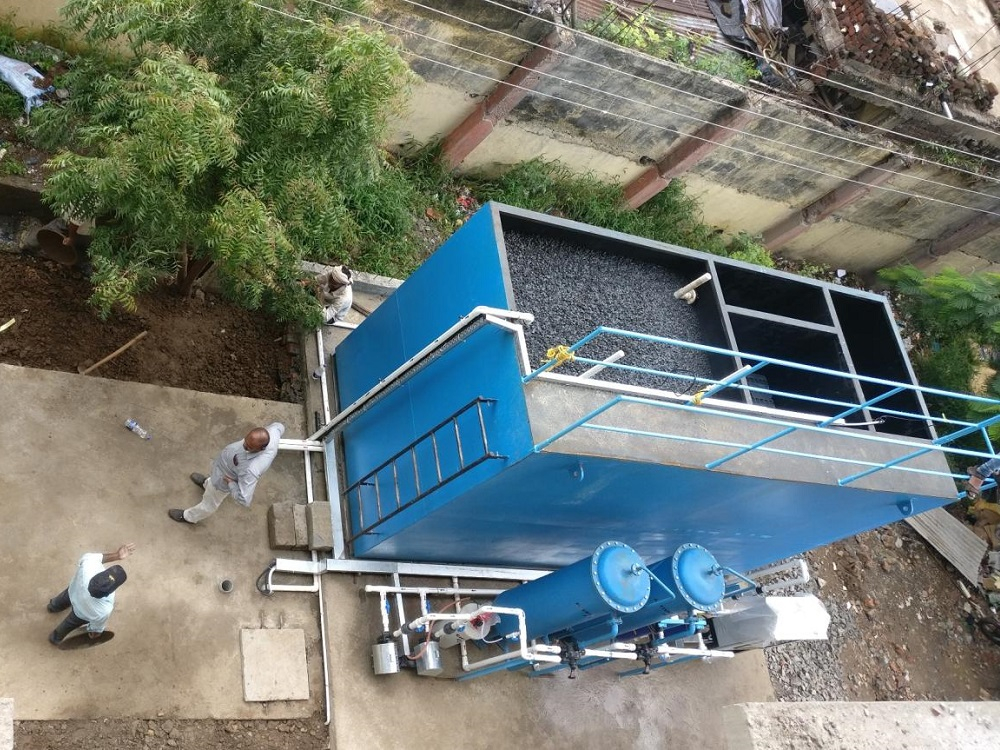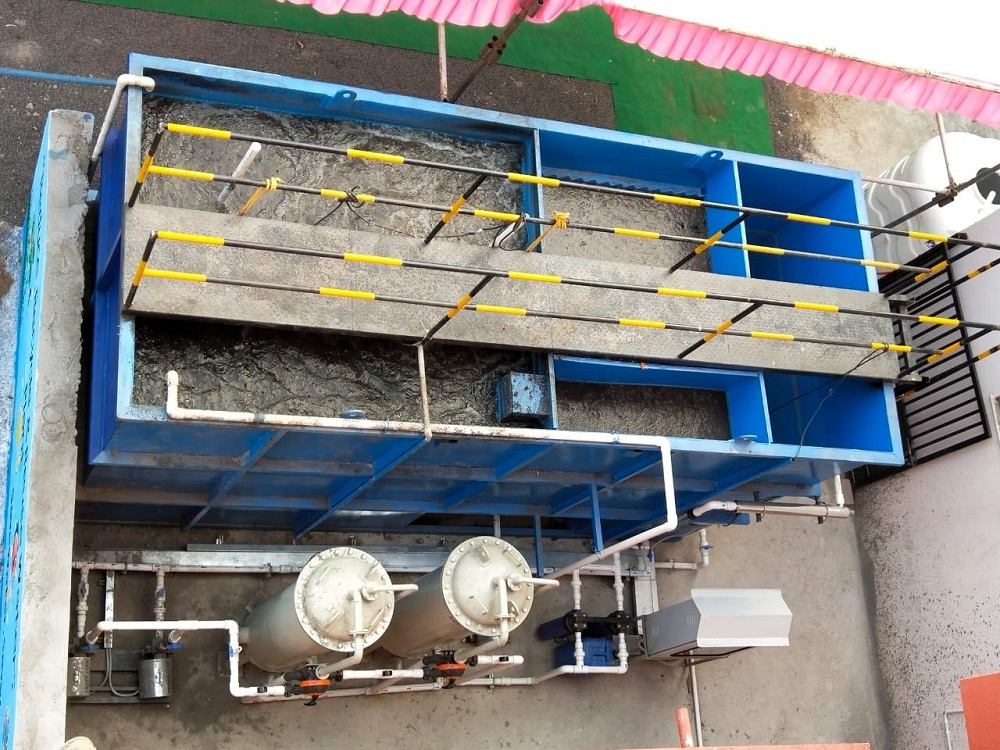Waste Water Treatment Plant
Request Quotation
We can’t wait to get to know you better!
The wastewater treatment process typically involves several stages, including:
- Primary treatment: In this stage, the wastewater is screened to remove large debris and then sent to a sedimentation tank where solids settle to the bottom and grease and oils float to the top and are skimmed off.
- Secondary treatment: In this stage, the remaining wastewater is aerated to encourage the growth of microorganisms that can break down organic matter. This is typically done in large tanks called activated sludge systems.
- Tertiary treatment: This stage is an optional step that further removes any remaining contaminants, including nutrients like nitrogen and phosphorus. This can be done through processes like filtration or chemical treatment.
Disinfection: The final stage involves disinfecting the water to kill any remaining bacteria or viruses before it is discharged into the environment or reused. This can be done through processes like chlorination, ultraviolet radiation, or ozone treatment.
After the treatment process is complete, the clean water can be discharged into a nearby water body or reused for non-potable purposes like irrigation or industrial cooling. The remaining solids, called sludge, can be further treated and disposed of or reused for things like fertilizer.
Wastewater treatment is an essential aspect of public health and environmental protection, and the design and operation of wastewater treatment plants must comply with local, state, and federal regulations.
Our Clients











Projects Delivered
Cities
%
Satisfaction
%







